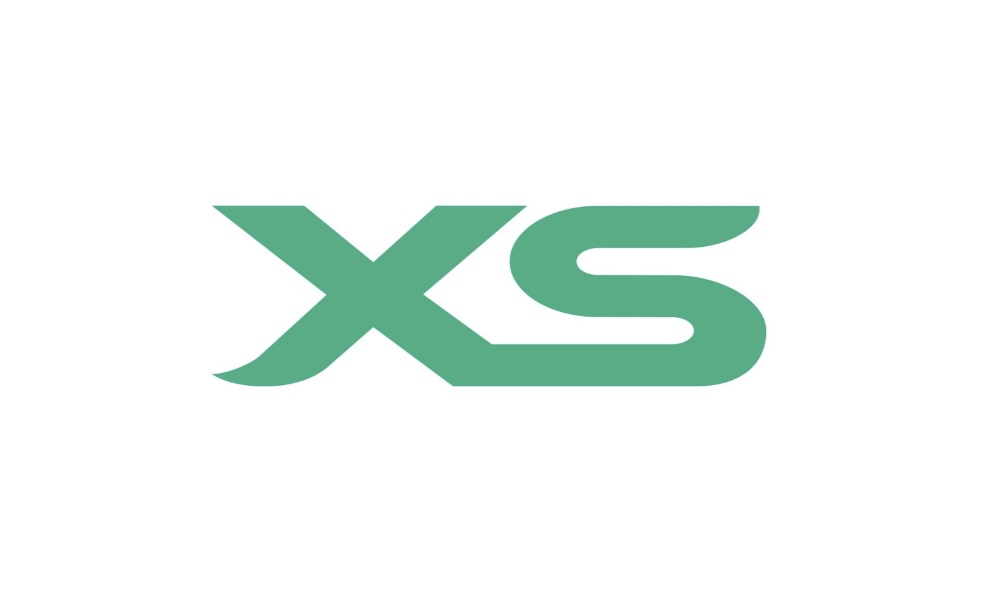Increasing uncertainty fuels currencies volatility

Currencies continued to record some volatility as traders monitor the developments in the US around the debt ceiling issue. Their concerns have supported the dollar to a certain extent during the last couple of previous trading sessions as a number of investors moved to shield themselves from any potential effects on global markets.
The rebound in the dollar could be followed by some price corrections thanks to the hopes that a deal over the debt ceiling issue could be reached shortly. Such a deal could improve appetite for risk and direct traders’ focus toward other factors, among them the direction in monetary policies and economic forecasts in other major economic zones.
At the same time, deteriorating conditions in the US manufacturing sector have weighed on the dollar and could raise new concerns as the American economy feels the weight of high interest rates.
The European Commission has published improved growth forecasts for the whole European Union and the Euro Area which could support the euro against the dollar in particular. At the same time, expectations for a slower decline in inflation levels than previously anticipated could also support the case for higher interest rates in the region. Both factors could strengthen the euro’s uptrend.
The support provided by the European Central Bank’s interest rate hikes could become stronger as the expected direction of the institution could start to starkly contrast with that of its American counterpart, which could move to pause and eventually lower its interest rates at a faster pace.
In China, the yuan has been losing ground against the dollar since the beginning of the year and could react strongly to new economic data tomorrow. Traders continue to monitor the Chinese recovery as data was weaker than expected at times. In this regard, markets could see some volatility if industrial production figures emerge below estimates.
In addition, traders could keep an eye on the Turkish lira as the uncertainty around presidential elections in the country continues. Current doubts over the outcome could play in favor of the dollar to a certain extent as investors lean toward safety. However, the final result could fuel significant volatility.






